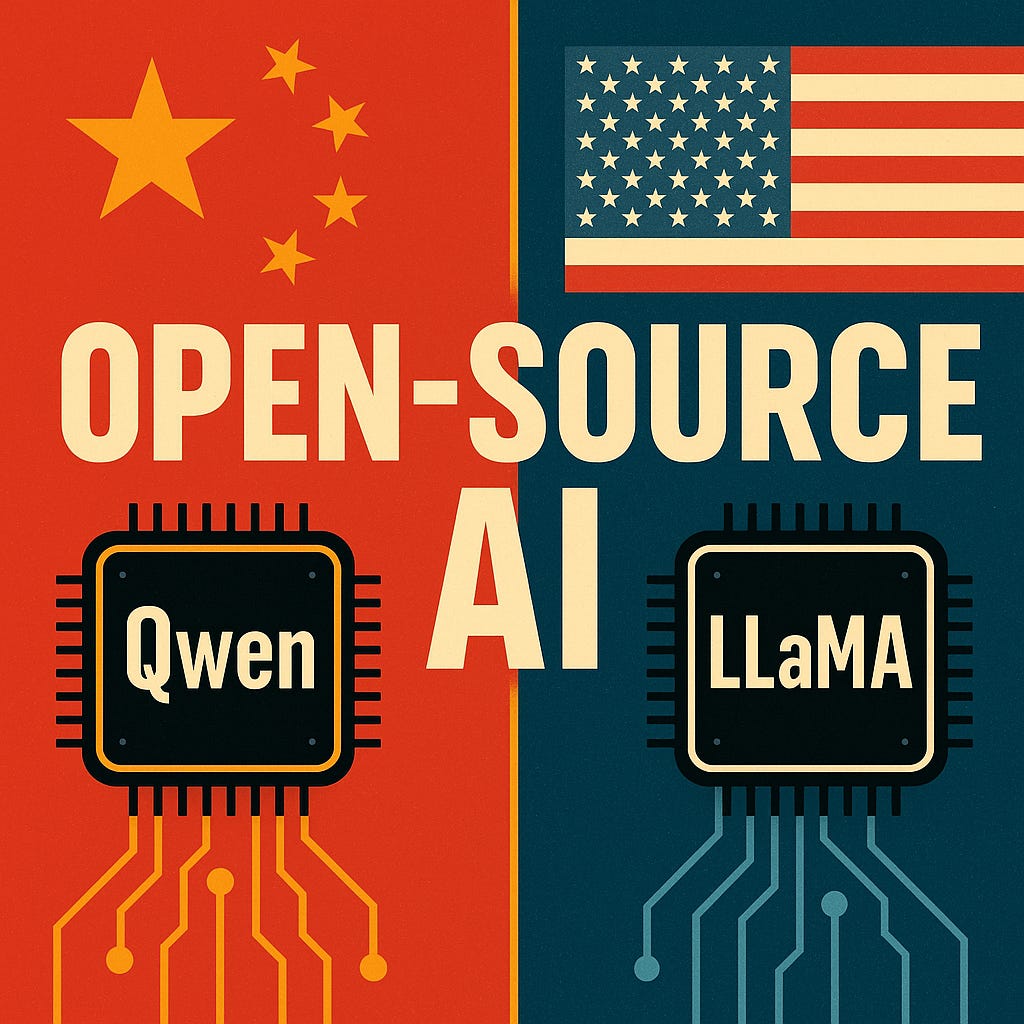MIT: AI Can Do 12% of US Work; Where Human Soft Power Is Irreplaceable
NeutralArtificial Intelligence
- A recent report from MIT indicates that artificial intelligence (AI) has the potential to automate approximately 12% of jobs in the United States, which translates to over $1.2 trillion in wages, particularly affecting sectors such as finance and healthcare.
- This finding is significant as it highlights the transformative impact of AI on the labor market, raising concerns about job displacement and the need for workforce adaptation in industries heavily reliant on human labor.
- The discussion surrounding AI's capabilities and its implications for the economy is ongoing, with experts debating the balance between automation and the irreplaceable value of human soft skills, as well as the potential for AI to reshape employment landscapes in the coming years.
— via World Pulse Now AI Editorial System


